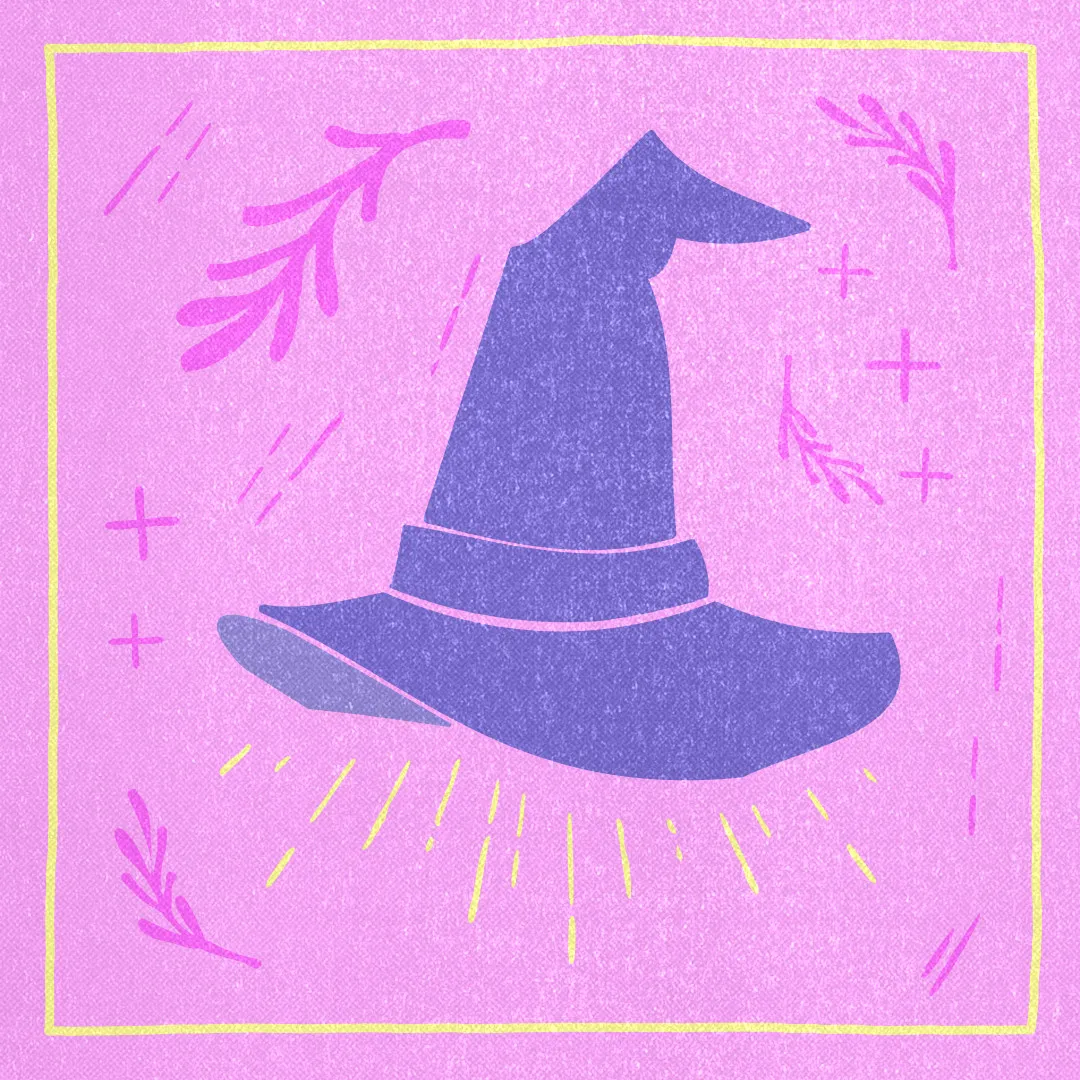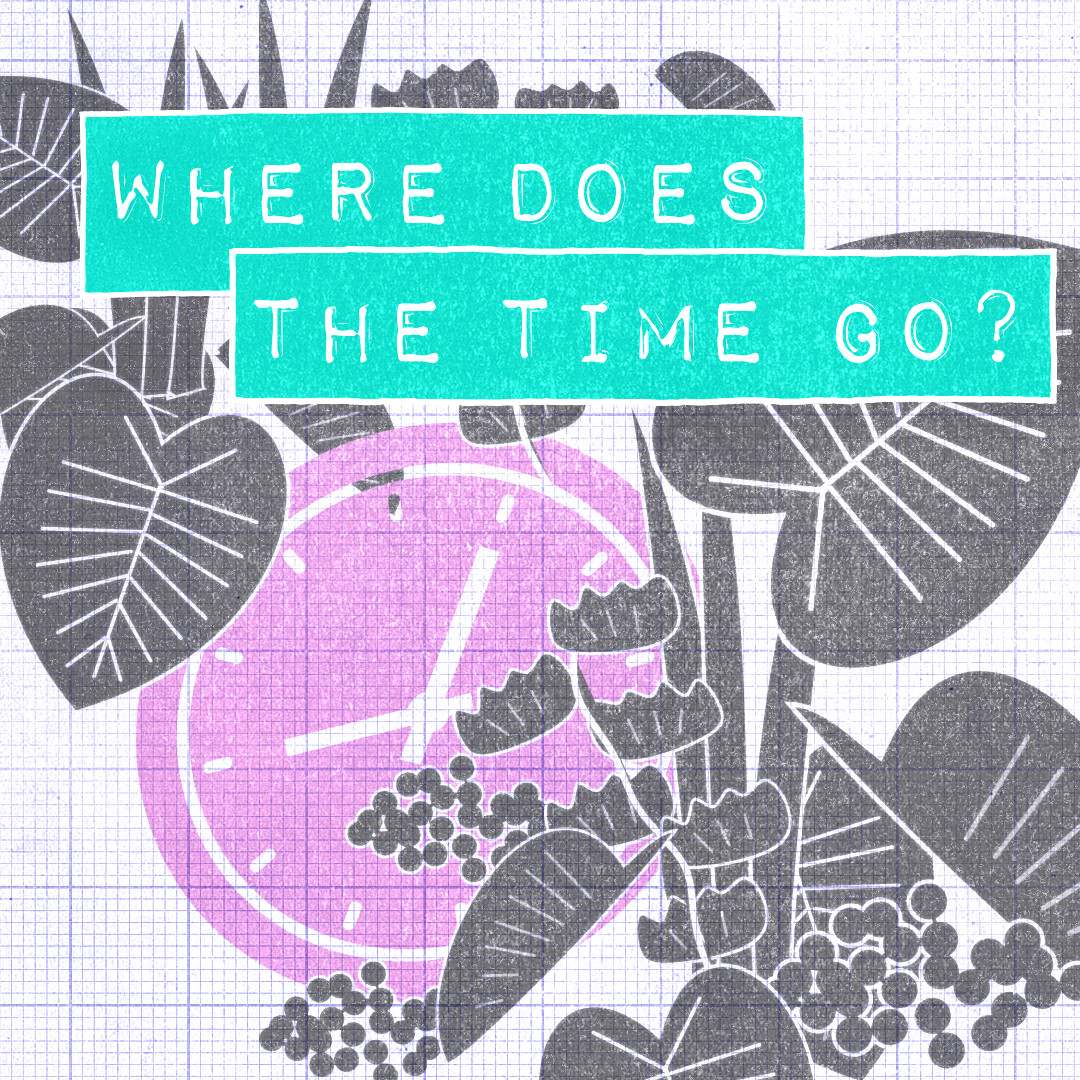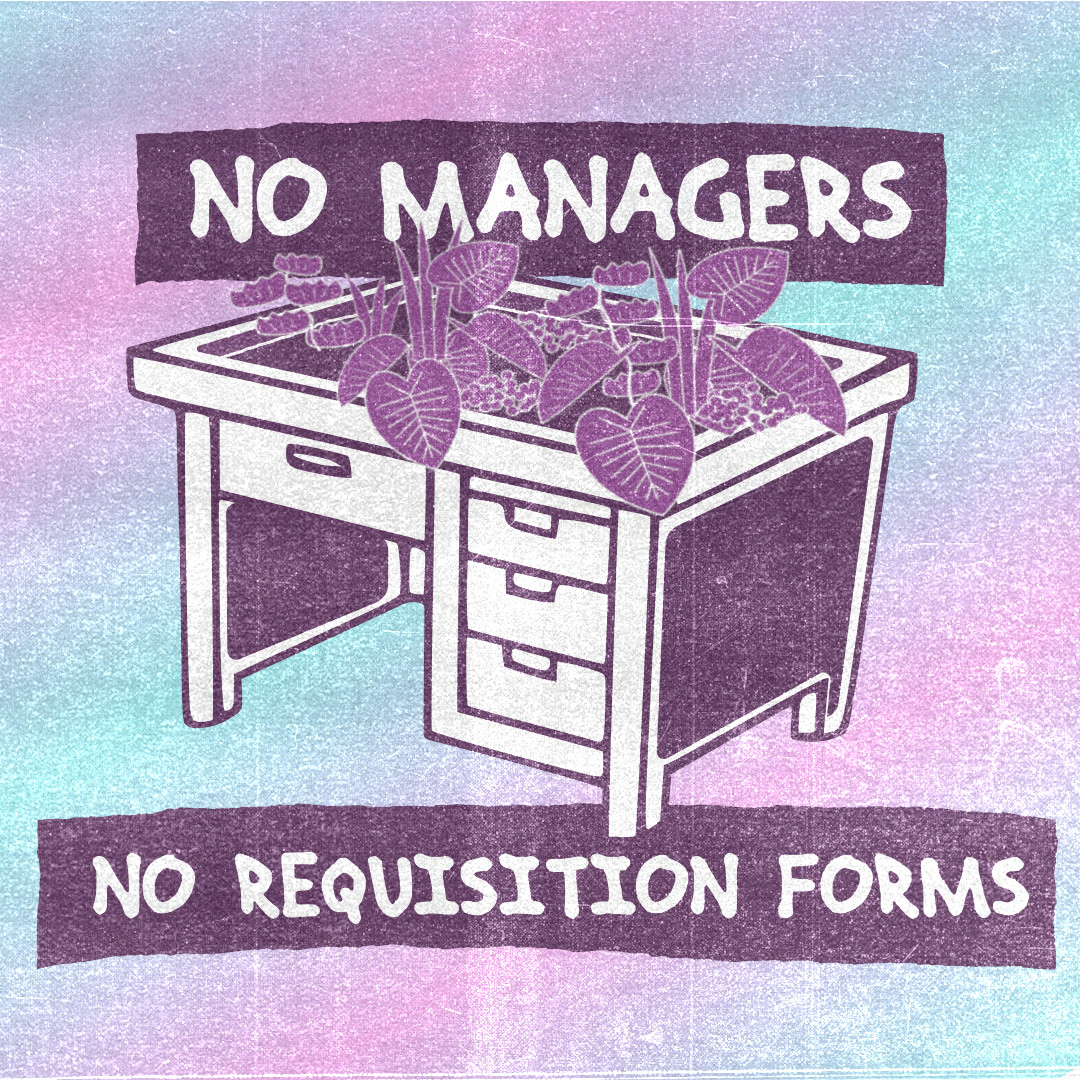For a time, my family was legitimately afraid of witches. It was the 80s (1980s, not the 1580s) and people, like my family, who listened to AM Christian radio heard a lot about a vast pagan conspiracy in which witches were joined by communists, feminists, ACLU lawyers, rock musicians, and Dungeons and Dragons players to kidnap children and trick teens into throwing themselves off buildings. Whenever I left the house, I was terrified about finding signs of witchcraft (like tiny carved figures?), wandering into a terrible ritual, or getting grabbed. It was like non-stop Blair Witch cosplay.
Looking back, I wish I’d found an actual pagan, communist, rock-band party in the woods. It would probably have been more fun and life affirming than whatever else was going in rural Pennsylvania. Better late than never, I guess.
It wasn’t just my family who was afraid. Folks who study this history call that moment in the 80s the Satanic Panic and see it as an important point in the evolution of contemporary American conservatism. If it sounds a little like the fever dream conspiracies of the past few years, that’s because there’s a direct connection. We’re living with the grandchildren of that AM radio conspiracy.
A few months ago my partner, Caroline, wrote a wonderful newsletter about the connection between witches, aging, and interdependence in which she mentioned a connection between witch persecutions and the enclosure of the commons. Since then, I’ve been thinking about the long history of the fear of witches that the 1980s panic drew on. I’ve been following the footnotes and found a classic book on the topic— Silvia Federici’s Caliban and the Witch, which looks at the political aspects of the European witch hunts of the 1500s and 1600s.
The witch hunts might feel like distant history. Like the kind of history where maybe everyone wore strange hats and there were a lot farm animals indoors for some reason. Or like the kind of history that is totally irrelevant to the present.
(Actually, the history of the witch hat is interesting, but that’s another story.)
But: we are still living with the consequences of the witch hunts and the basic logic and techniques of the persecutions are still active, though they are (slightly) more subtle these days. It turns out that peasants and craftspeople in the fourteenth and fifteen centuries almost created a more fair and equitable world, but were foiled by meddling elites, like a reverse version of a Scooby-Doo ending. The witch hunts were a big part of that meddling.
So, having already written about pirates, I have a second Halloween costume themed issue. Here’s some stuff I’ve learned about witches.
A better world is possible. Subscribe to learn how to build it!
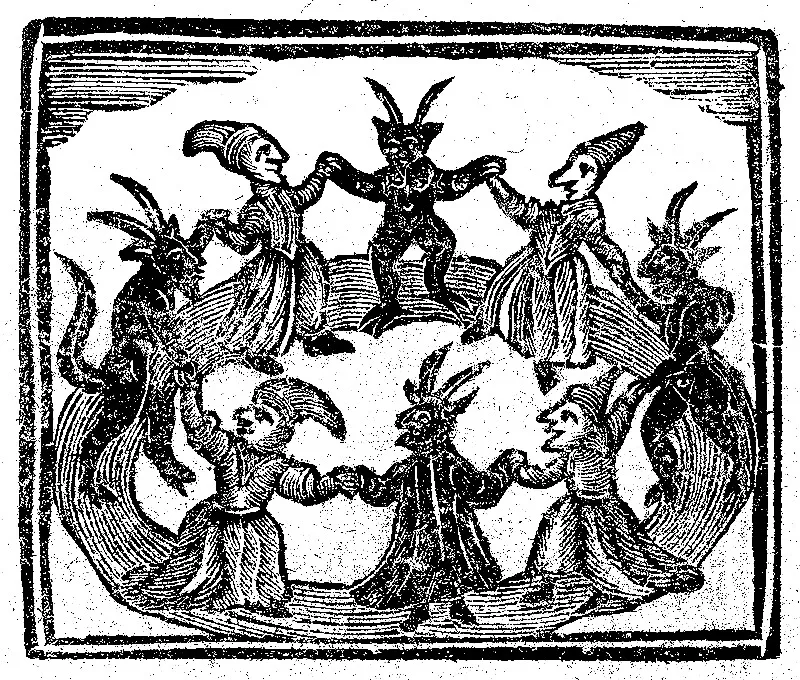
Which witch hunts?
Here are the basics (as described by Federici):
The height of the European witch hunts were the 1400s and 1500s when more than 200,000 women (and a few men) were horribly tortured and executed. There were villages in which nearly every family lost someone.
Contrary to the Monty Python scene, witch trials weren’t popular mob actions, especially not at first. The witch hunts were organized, directed, and encouraged by civil governments, with lots of support from the Church and every sort of elite the time period had to offer.
There was a huge propaganda campaign, enabled by the newly invented printing press, to try to convince people that witches were a real problem and that the terror campaign was justified.
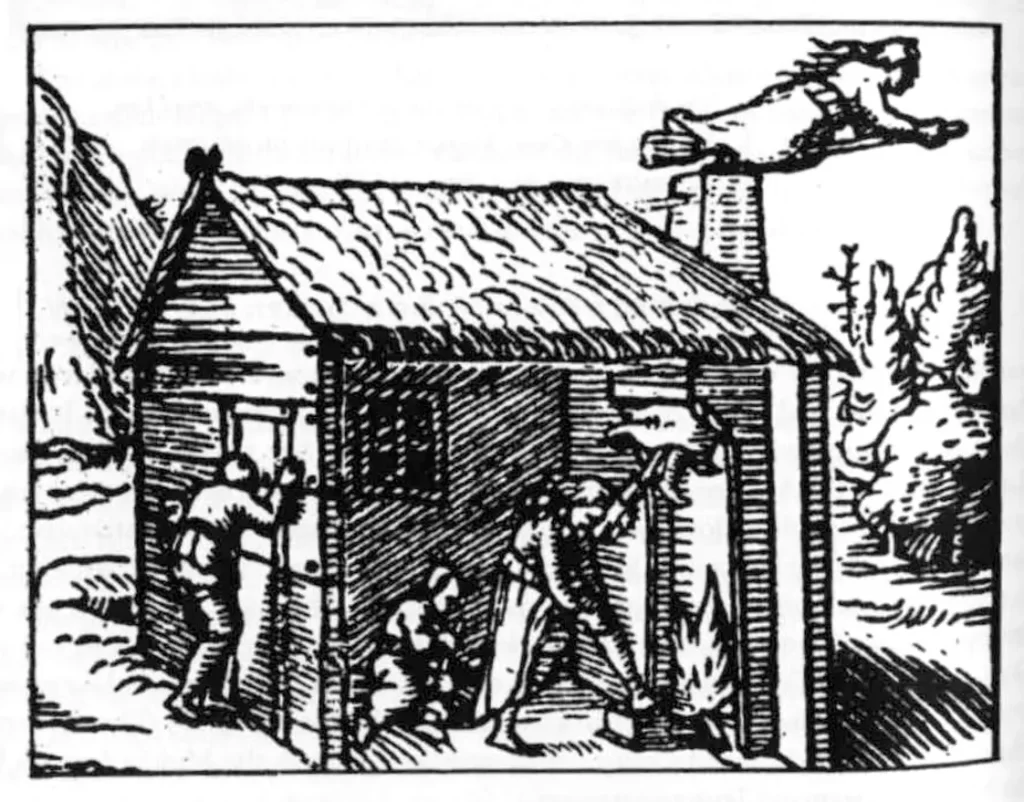
Witches = Women
The category of “witch” was totally invented by the authorities. There was no group of people who thought of themselves as witches. The women accused didn’t have a lot in common. Suspect activities included living alone, living with other women, needing social support, being independent, practicing a trade, having bodily autonomy, or knowing about healing, birth or birth control. Actually, they did have something in common— they were all women who weren’t totally onboard with living meekly within male-lead families.
What is striking in this story is that all of the things that got women accused of witchcraft had been, right up to that moment, totally normal ways for women to act. Women actually had a more rights and played a greater role in public life in the 1300s than they did in the 1500s. It wasn’t a matter of maintaining “traditional” roles, but of replacing contemporary forms of female autonomy and community with a new patriarchal family form of society.
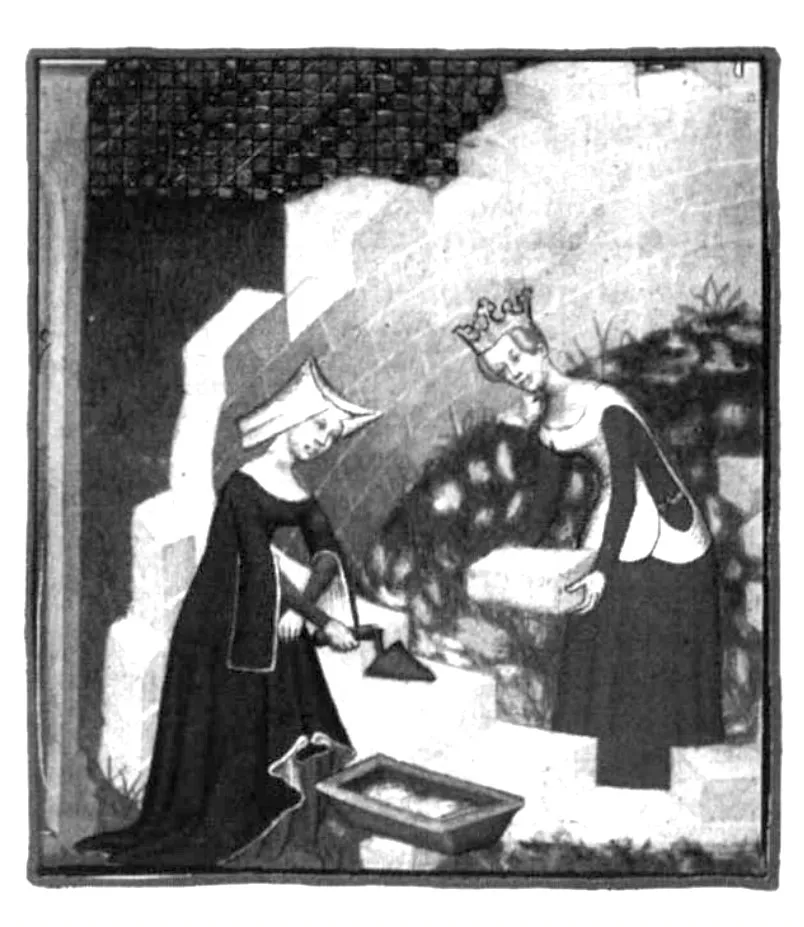
The worst to-do list
So, witch hunts weren’t a weird superstitious throwback, a mass hysteria, or the most widespread and longest running case of food poison-induced hallucinations. For Federici, they were a key part of a larger project of creating a new world of centralized authority, patriarchal families, cash markets, and wage labor.
There were other parts to the project:
Restricting women’s legal and economic rights.
Criminalizing abortion, contraception, and non-reproductive sex.
Throwing people off self-sustaining farms.
Enclosing communal resources.
Outlawing traditional community celebrations.
Criminalizing vagrancy.
Launching a global colonial genocide.
Enslaving humans.
People call this horrid to-do list “primitive accumulation”, and it was the foundation for the capitalist world that was to come. The outcome was to destroy both individual autonomy and communal support and leave folks with no choice but to get jobs that created wealth for the people in charge.
Breaking women’s autonomy and community and spreading misogynistic fears was key to the whole scheme.
It’s not a happy story. It’s a story of destruction and loss, underwritten by violence and cruelty.
The process of primitive accumulation is still going on. There’s a direct match between every item on the list and actions and effects of the World Trade Organization (WTO), International Monetary Fund (IMF), northern governments and companies against people in the Global South. With a little more effort, you can find equivalent things happening to folks in the Global North. All of which are accompanied at every turn by efforts to undermine women’s autonomy, public role, and forms of community. As with the witch hunts, those efforts still try to create a hysterical fear of anyone who isn’t fitting in to a patriarchal family structure.1 It’s an awful feeling of déjà vu.
But door is still open
Here’s another angle on the story:
Why was something as extreme as these witch trials necessary? This is where Federici’s book points to a whole era of history that I’d never come across before.
Just before the witch hunts, the authorities (church + state + wealthy people) almost lost control of Europe. Working people had already created a crisis in feudalism (the prevailing economic/political order of the day), in part by taking advantage of the labor shortage that followed the Black Death to push for a better deal. From the 1300s onward, they saw a chance to create a better world. What followed were two centuries of social revolution.
I want to learn more about this history, but to give a sense of it:
There were a dizzying array of heretical movements (including the Cathars, Waldenses, Anabaptists, and followers of fake pope named “the Pseudo Baldwin”2) that were really as much about social and economic reform as about religious differences. Many of these movements wanted to create a new way of organizing society, often involving collective property, gender equality, rejection of hierarchy, and horizontal democracy.
There were hundreds of uprisings and armed revolutions. Some of them were at least briefly successful. For example in Ghent, weavers lead an uprising in 1335 that created a “worker’s democracy” in the city until they were defeated in a major battle in 1382. In Flanders, day laborers overthrew the local government in 1379. In Leige, workers got control of the local government in 1384 and kept power for more than a century.
Women played a key role in many of these social movements. Many of the heretical sects encouraged women preachers and leaders. Women played at least an equal role to men in the uprisings. Some were entirely women’s movements.
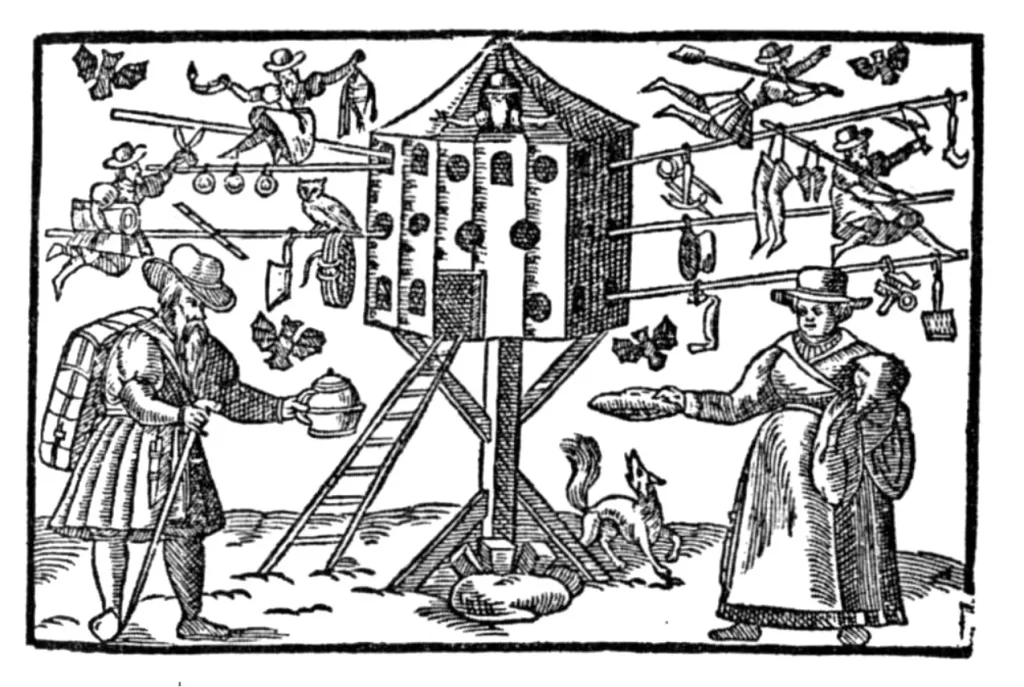
For two hundred years, throughout Europe, a just, egalitarian, collective world seemed possible to many people. It took a lot of work to put a lid on the situation. And by work, I mean arresting, torturing, and executing hundreds of thousands of people, sending mercenary armies to destroy whole villages, and using every form of media available to close down the imagined possibilities. For centuries the authorities were back-footed and had to scramble to keep hold. If the witch hunts seem bonkers, maybe it’s because the people in charge were getting desperate and had run out of ideas.
I think there’s a hopeful message in here. The capitalist world (the economic/political order that replaced feudalism) wasn’t a mechanical product of economic laws. It had to be created. And it wasn’t easy. Most people had no interest in going along quietly. It took inventing a whole crazy-town vision of witches oiling themselves up to fly around on broomsticks and kidnap men’s genitals to restrain the exuberant possibilities of the era. In the 1980s, the descedents of the witch hunters still needed stories about satanic rituals to get me to stay home, and today they seem to need to invent ever more unhinged conspiracies to keep people scared. This suggests that those medieval folks in funny hats pried open a door of possibility that still isn’t closed.
Silvia Federici, Caliban and the Witch: Women, the Body, and Primitive Accumulation. Autonomedia, Brooklyn, NY, 2014.

I’d love to hear from you. What’s your vision for a living world? What projects and ideas are you excited about? What topics do you want to see here? What am I missing? Let me know in the comments.
Monet Challet has some good reflections on this continuing legacy in her book, In Defense of Witches: The Legacy of the Witch Hunts and Why Women Are Still on Trial.
Can you spot the false Baldwin?

